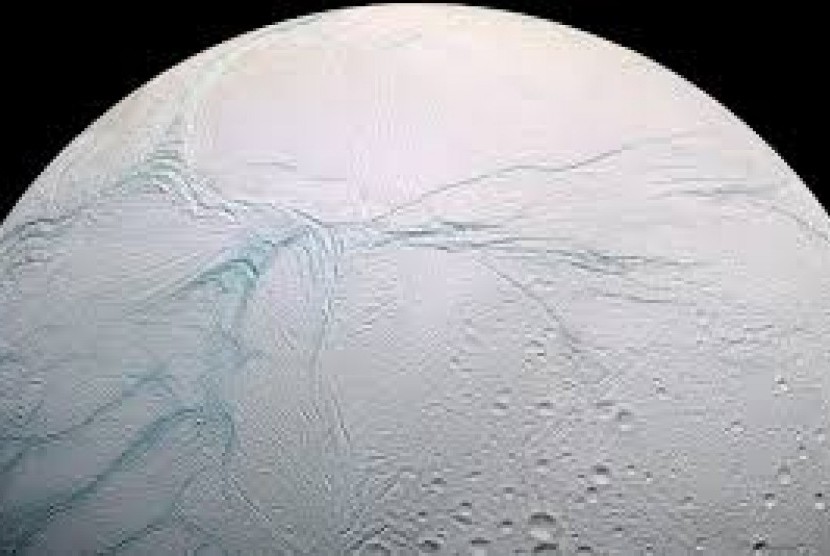The study, carried out by scientists at the University of Arizona and Paris Sciences & Lettres University, looked at compositional data from the water plume that erupted at Enceladus. Chemicals discovered by the Cassini spacecraft represent high concentrations of molecules that have been linked to hydrothermal vents on Earth’s ocean floor.
Such vents are the potential cradle of life on Earth, according to previous research. Data from the American Space Agency (NASA) spacecraft, Cassini which has studied Saturn after entering the planet’s orbit in 2004 revealed the presence of molecular hydrogen (dihydrogen), methane, and carbon dioxide, with the amount of methane of particular concern to scientists.
“We wanted to know, could Earth-like microbes ‘eating’ on dihydrogen and producing methane explain the surprising amount of methane detected by Cassini?” said study co-lead author Régis Ferrière, a professor in the department of Ecology and Evolutionary Biology at the University of Arizona. Big Think, Monday (26/7).
Earth’s hydrothermal vents feature microorganisms that use dihydrogen for energy, creating methane from carbon dioxide through the process of methanogenesis. Search for microorganisms known as methanogens on the seabed Enceladus not worth doing.
Likely, it will require highly sophisticated deep-diving operations that will be the goal of future missions. Because of this, Ferrière’s team took a more readily available approach to pinpointing the origins of methane, creating a mathematical model that attempts to explain the data from Cassini.
The researchers wanted to calculate the probability that a particular process was responsible for producing the observed amount of methane. For example, whether methane was more likely to be produced by biological or non-biological processes.
From there, the researchers found that the data from Cassini was consistent with microbial activity in hydrothermal vents or processes that have nothing to do with life but could be very different from what happens on Earth. Interestingly, models that do not involve biological entities do not appear to produce enough gas.
“Obviously, we didn’t conclude that life existed in Enceladus’ oceans. Instead, we wanted to understand how likely it is that Enceladus’ hydrothermal vents could be inhabited by Earth-like microorganisms,” explains Ferrière.
However, scientists think future missions are needed to prove or disprove the hypothesis of potential life on Enceladus. One explanation for methane that does not involve biological organisms is that the gas is the result of the chemical breakdown of primordial organic matter in the nucleus. moon of saturn the.
This could be part of Enceladus, a comet rich in organic matter. This study was published in Nature Astronomy.
– .


